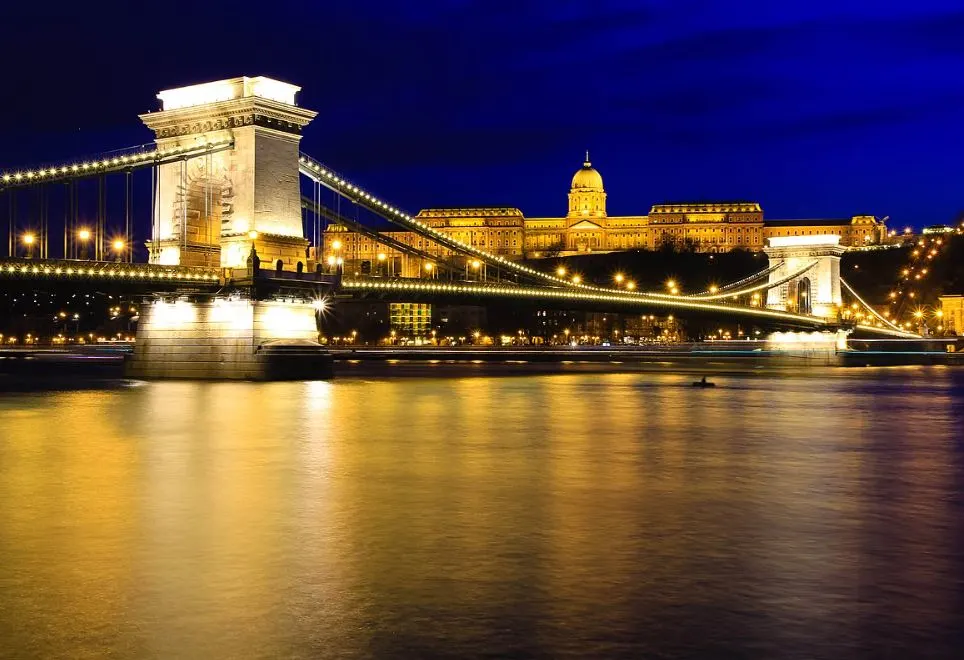One of the greatest landmarks in Budapest connects both sides of the Hungarian capital city across the Danube River.
When it was completed in the mid-19th century, this remarkable structure was definitely one of the most outstanding engineering achievements of its time.
Its location in the heart of the city, the remarkable design, and various other elements that you’ll soon discover make this one of the most famous bridges in the world.
In this article, you’ll discover some of the most interesting facts about the Széchenyi Chain Bridge, a bridge commonly referred to as the “Chain Bridge.”
1. It connects several famous landmarks in the heart of Budapest
Budapest is the capital city of Hungary and is one of the top 10 largest cities in the European Union. The city proper is home to over 1.7 million inhabitants and the metro to over 3 million.
Originally separate, the parts of the city known as Buda, Óbuda, and Pest were joined together in 1873 to form Budapest on the banks of the Danube River.
It’s this river, the longest in the European Union, that the Széchenyi Chain Bridge crosses in the historical heart of this beautiful city in central Europe.
Because of its central location, the bridge is surrounded by famous landmarks. The most notable are Buda Castle and Castle Hill just to its west, and the Hungarian Parliament Building just to its north.
Gresham Palace and St. Stephen’s Cathedral are located just east of the bridge (these can be seen in the image below).
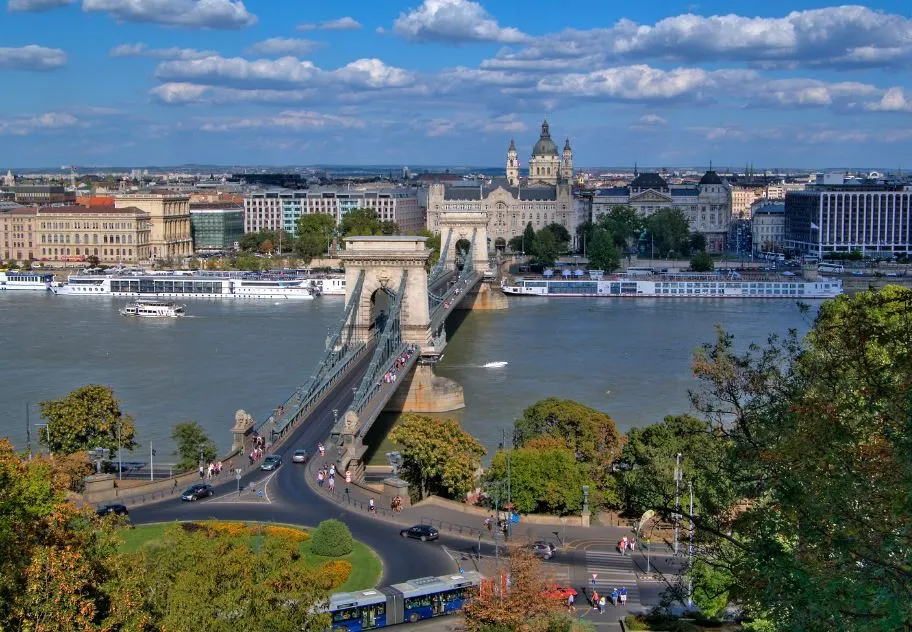
2. The bridge was named after the count who initiated its construction

The Széchenyi Chain Bridge is commonly referred to as the “Chain Bridge” and it only got its current name in 1898.
It’s also the oldest permanent bridge across the Danube River, even though there was already a simple footbridge present in this location before.

Like most European cities, the areas that eventually became Budapest started growing rapidly in the 19th century so a permanent bridge across the Danube had to be constructed.
The main instigator of the project was Count István Széchenyi (1791-1860), a man considered to be one of the greatest politicians in Hungarian history.
His nickname in his home country is “The Greatest Hungarian,” something that emphasizes the importance of the man.
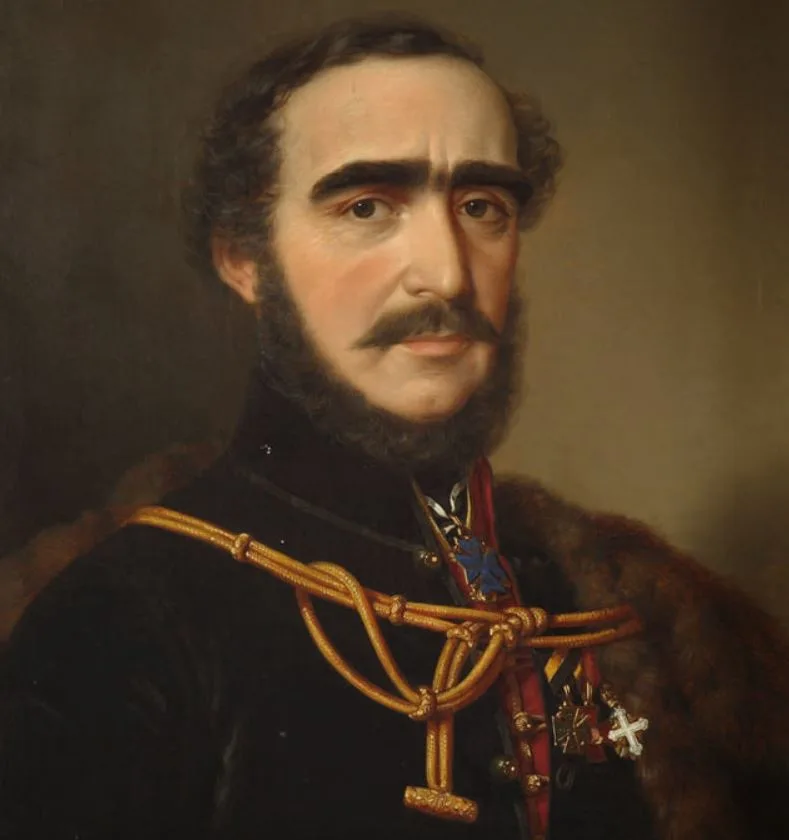
3. It was designed by an English engineer and built by a Scottish engineer
The man who designed the bridge was William Tierney Clark (1783-1852), an English engineer who specialized in the construction of bridges.
His most notable work in England is Hammersmith Bridge, the first suspension bridge that spanned the River Thames in London.
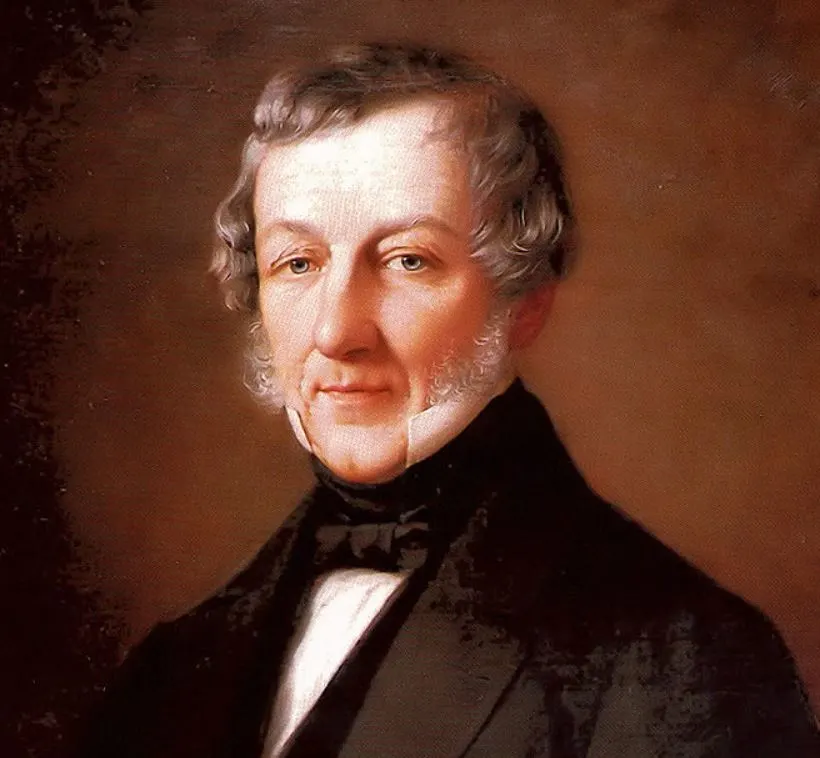
He didn’t actually work in Hungary because it was Scottish engineer Adam Clark (1811-1866) who worked on-site to help with the construction project.
Adam spent the remainder of his life in Hungary and also designed the Buda Tunnel below Buda Castle, another remarkable feat of engineering of the 19th century.
Both men are honored with commemorative plaques on the bridge.
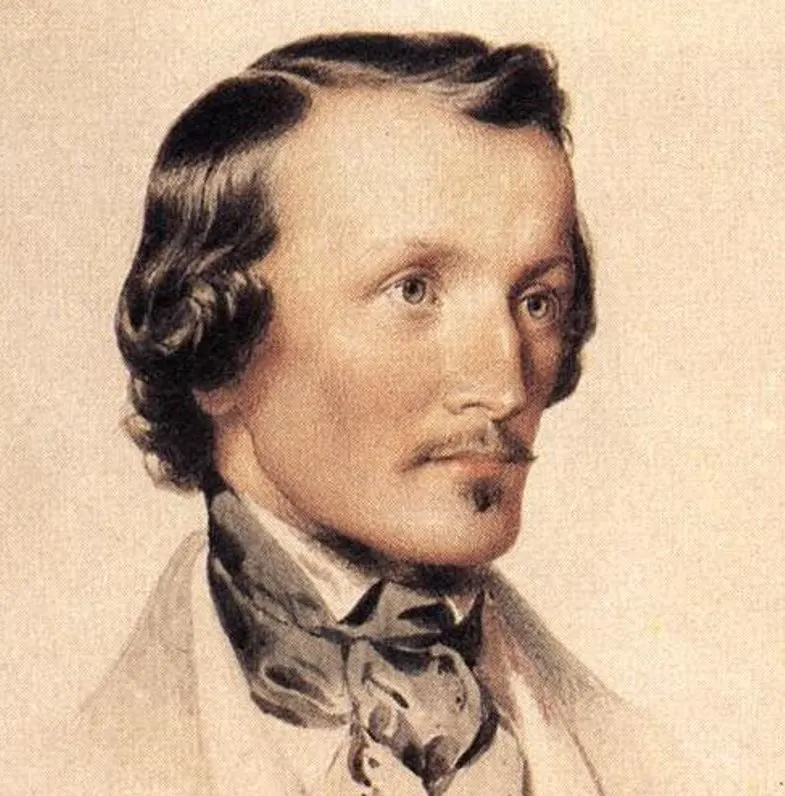
4. Its design was based on a bridge across the River Thames in England
English engineer William Tierney Clark completed the design of the bridge in 1839 and the bridge was shipped in sections from England to Hungary shortly after.
He didn’t have to look far to find a suitable design because he based it on one of his earlier works, Marlow Bridge, across the River Thames in Marlow, England.
This Grade I listed building was completed in 1832 and is basically a smaller version of the large Széchenyi Chain Bridge in Budapest.
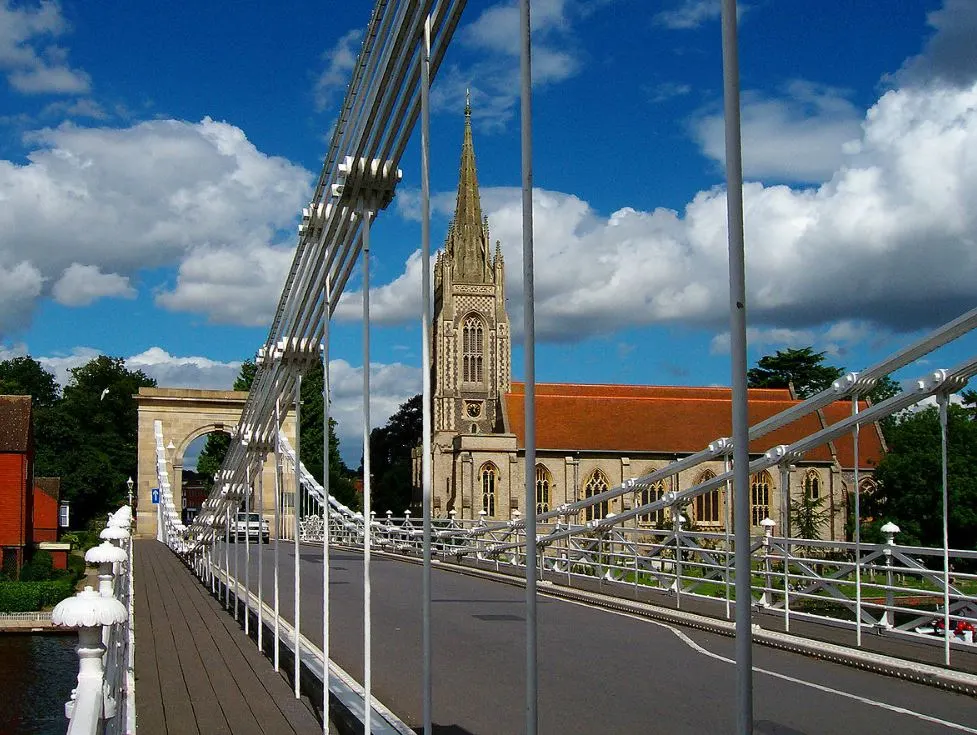
5. The bridge had one of the longest spans in the world upon completion in 1849
Even though there are hundreds of similar bridges all over the world today, this was hardly the case when it was completed between 1839 and 1849.
With a width of 14.8 meters (49 feet) and a total length of 375 meters (1,230 feet), this was an incredible landmark made of stone and wrought iron at the time.
It also features a main span that has a length of 202 meters (663 feet), a length that made it one of the longest spans in the world in the mid-19th century.
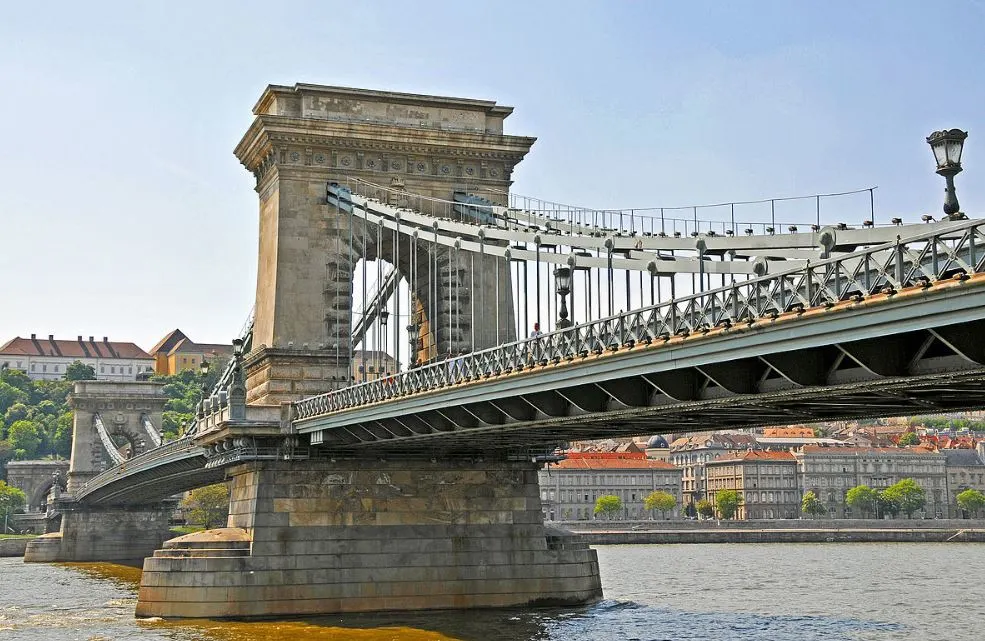
6. The lions that decorate the abutments inspired those located at Trafalgar Square
Each of the bridge’s 4 abutments is decorated with seated lions. These were sculpted by local artist János Marschalkó and installed in 1852.
There’s a legend that these lions don’t have a tongue. I think that the sculptor simply didn’t bother adding them.
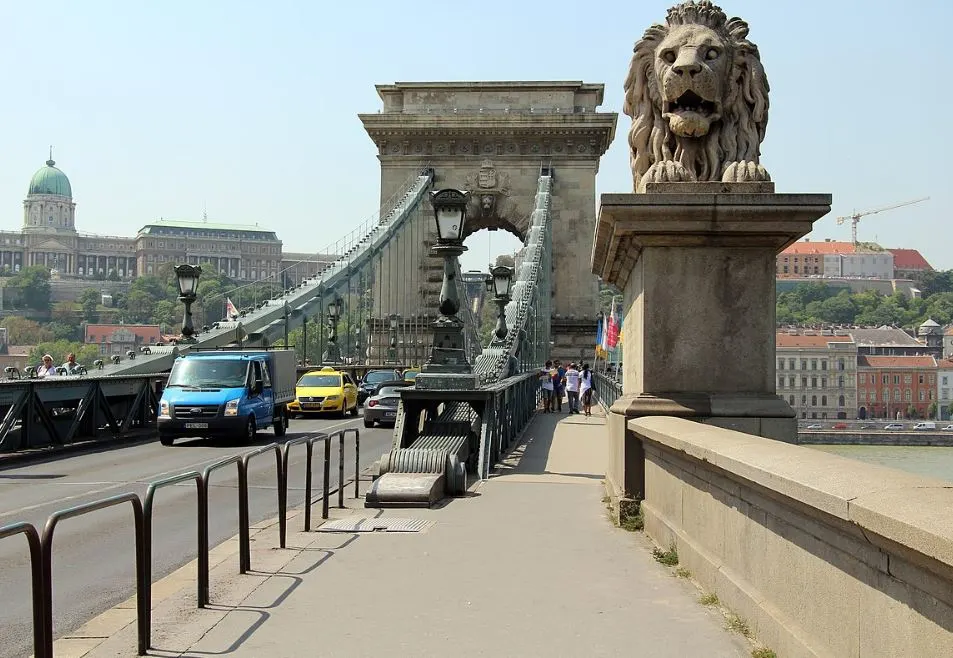
These lions served as the inspiration for the bronze lions that surround Nelson’s Column, the most prominent landmark on Trafalgar Square in London.
These lions, which do have a tongue, were commissioned in 1858 but only installed in 1867. That was about 3 decades after the square had been completed.
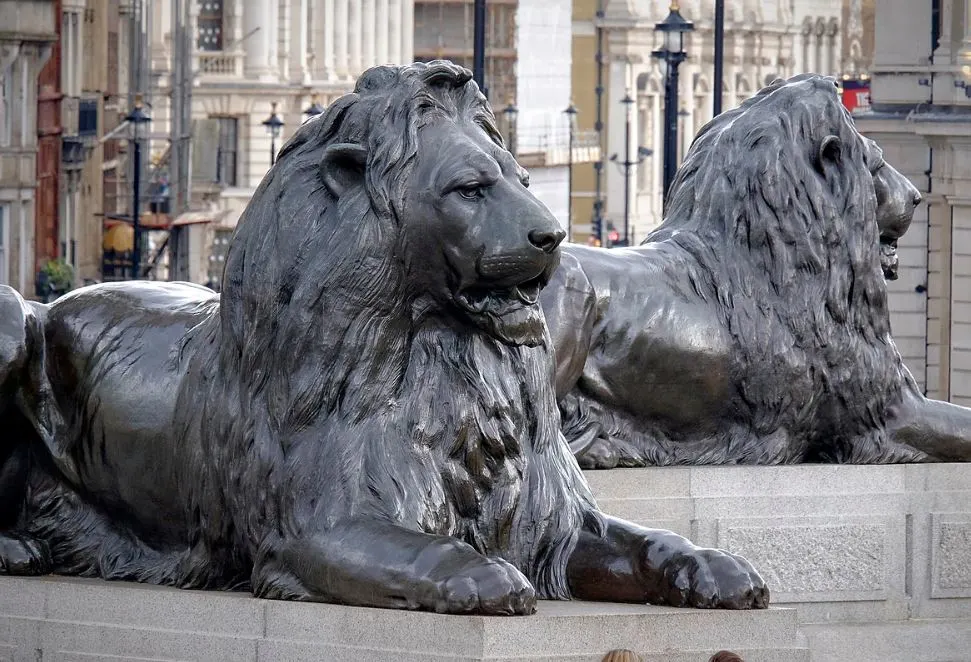
7. The Germans blew the bridge to bits at the end of World War II
The towers of the bridge are still the original ones but the bridge itself had to be replaced following the devastation of World War II.
The retreating Germans blew up the bridge on January 18, 1945, in an attempt to hold off the Siege of Budapest. It was unsuccessful and the 50-day tragedy ended with over 38,000 people dead.
The bridge was reconstructed shortly after and was already open for traffic once again in 1949.
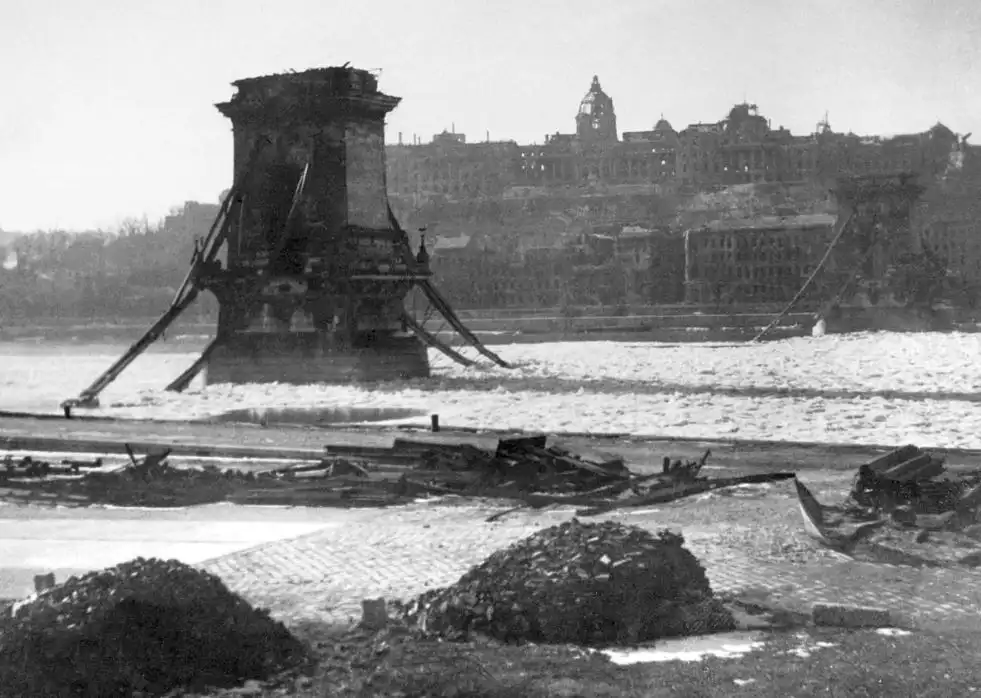
8. The Széchenyi Chain Bridge is an incredible sight to behold at night
Even though most parts of the bridge date back to the reconstruction phase after WWII, it remains an important historic landmark in Budapest.
It provides some of the most stunning views of Buda Castle and the Hungarian Parliament Building and is magnificently illuminated at night as well.
